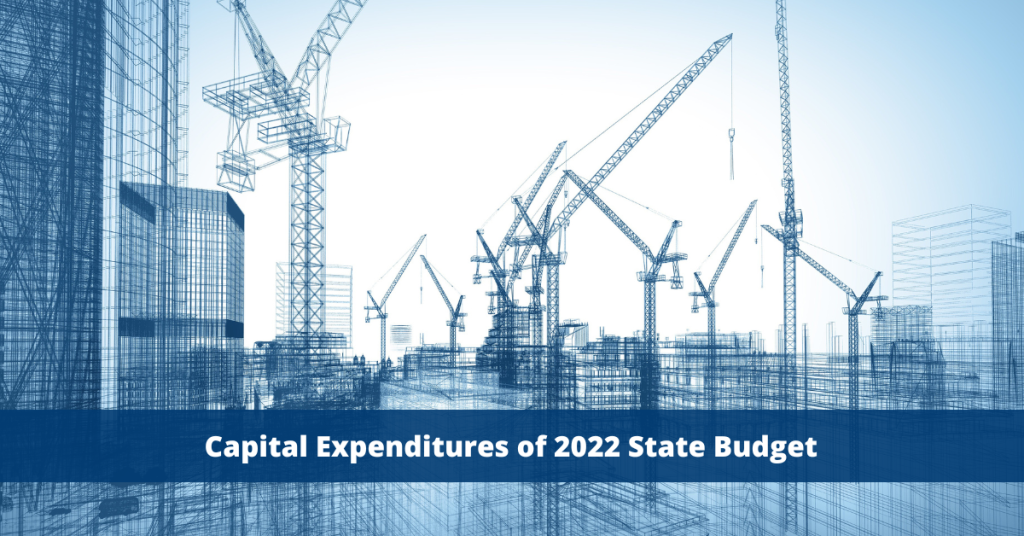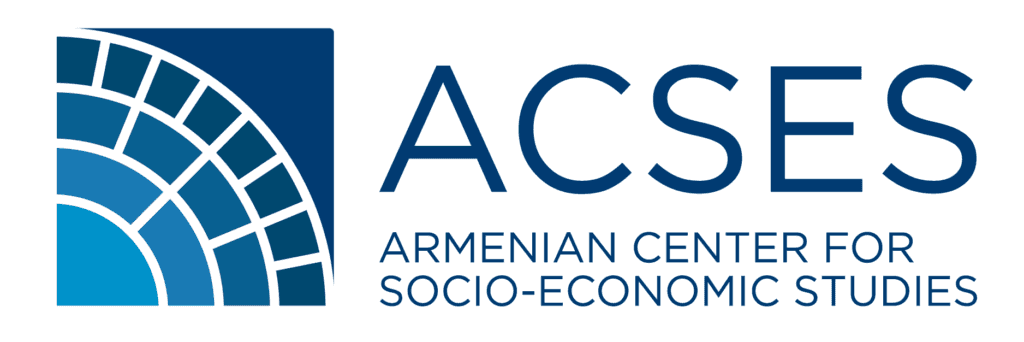
RA 2022 capital expenditures of the state budget amounted to AMD 389.1 billion. The government managed to increase the volume of capital expenditures, as a result, capital expenditures increased by 78.2% compared to the previous year. Although the actual expenditures exceeded 11% compared to the initial plan, the problem of underperformance of the capital expenditures carried out from external sources continues.
State budget capital expenditures are increasing, performance is improving
In 2022, the RA government increased capital expenditures and improved its performance. Compared to the previous year, the total volume of capital expenditures increased by an unprecedented 78%, or AMD 170.7 billion, and amounted to AMD 389.1 billion. The increase in capital expenditure was mainly due to the increase in defense spending. Namely, capital expenditures in this sector increased by AMD 129.6 billion compared to the previous year. Actual state capital expenditures in 2022 exceeded the government’s initial plan by about 11%.
Capital expenditures (expenditure on non-financial assets) include construction and reconstruction of schools, hospitals, roads, as well as the acquisition and maintenance machinery and equipment, financed from external and internal sources.
In 2022, the share of capital expenditures in the total state budget expenditures also increased reaching about 17%, while in 2021 it was less than 11%.
What do capital expenditures go to?
Government carried out capital expenditures through 225 measures. The main part of the expenditures in 2022 was made in the field of defense: AMD 237 billion or 61% of the total expenditures, the actual performance of the spending in this field compared to the initial plan was an impressive 195%. The next biggest recipients of the state budget capital expenditures were road construction (AMD 68 billion or 18% of total expenditures) and education (AMD 23 billion or 6%).
Among the major sectors, the defense sector had a particularly large increase in capital expenditures compared to 2021: AMD 129.6 billion or 2.2 times, capital expenditures in road construction increased by AMD 14.8 billion or by 28%, in the education sector – about AMD 10 billion or by 77%, and in the capital expenditures directed at police activities increased by 4.4 times or by AMD 8.6 billion.
How capital expenditures were financed?
Over the last five years, the structure of the sources for state capital expenditure financing has changed. If in 2018, 45% of capital expenditures were financed from external sources and 55% from domestic sources, in 2022 external financing accounted for 14%, and the financing from internal sources accounted for 86%.
The 3 largest measures of capital expenditures with external financing are the improvement of seismic safety of schools (a loan of AMD 8 billion), the North-South Corridor Development Project -Tranche 3 (a loan of AMD 5.4 billion) and Construction and reconstruction of M6 Vanadzor-Alaverdi-Georgia border interstate road (AMD 4.1 billion loan). All three projects were implemented with the support of the Asian Development Bank (ADB).
Although the actual capital expenditures in 2022 exceeded the government’s initial plan, the underperformance of capital expenditures with external financing continues to be a serious problem. In particular, in 2022, the actual capital expenditures with external financing were underachieved by 58.6% compared to the government’s initial plan and by 18.4% compared to the revised plan. Furthermore, the underperformance rate worsened compared to last year. In particular, in 2021, capital expenditures with external financing were underachieved by 3.2% compared to the initial plan and by 11.7% compared to the revised plan. It should be noted that the shortfall in capital expenditures financed from external sources in 2022 was partly due to the devaluation of the foreign currency. However, in several cases, the plans of international donors were changed probably due to geopolitical developments, for example, a number of activities originally planned with EU funding, such as the construction and reconstruction of educational institutions, health organizations, etc. were not implemented. The development project of the North-South Corridor supported by the Eurasian Development Bank, the reconstruction of water management infrastructure within the framework of the Akhuryan River integrated water resources management project supported by the German Development Credit Bank, and other projects have not been implemented either.
This article was prepared by the Armenian Center for Socio-Economic Studies (ACSES) with the support of the Open Government Partnership through the EU for Integrity Programme for the Eastern Partnership, funded by the European Union. Its contents are the sole responsibility of ACSES and do not necessarily reflect the views of OGP or the EU.

